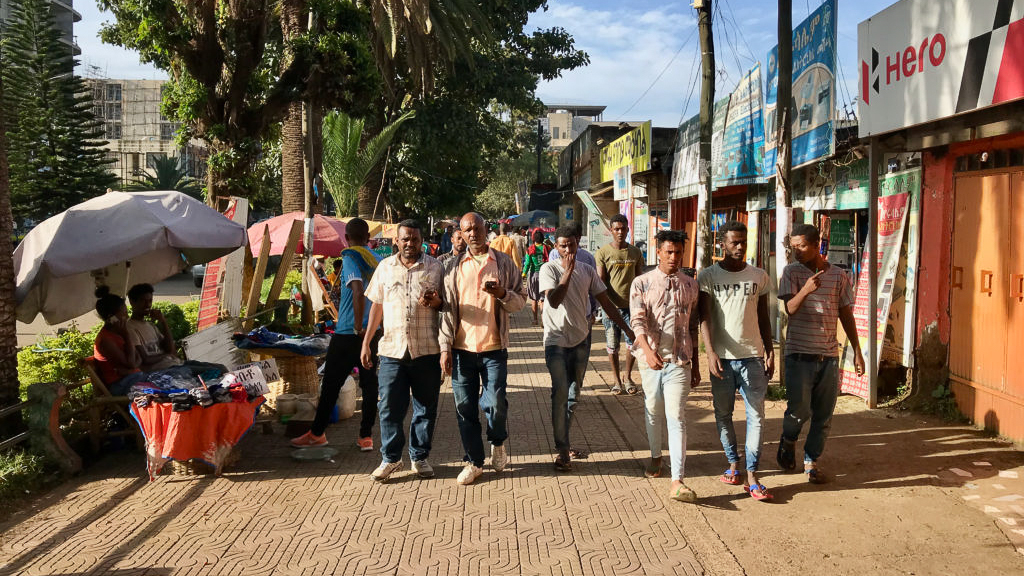
Street Design Tool

Street Design Tool
The tool incorporates key elements of the Ethiopia Urban Street Design Manual, prepared by the Ministry of Urban Development and Infrastructure in partnership with the Ethiopian Roads Authority, Road Safety and Insurance Fund Service, and the Ministry of Transport and Logistics, with support from the Institute for Transportation and Development Policy, UN-Habitat, and the UN Road Safety Fund.
The manual and accompanying online tool are intended to facilitate the design of streets that serve all users, including pedestrians, cyclists, public transport passengers, motorists, and goods transporters.

Street network planning
Effective street networks provide connectivity for multiple users. Street networks should offer fine-grained connectivity for pedestrians and cyclists. Street networks also facilitate public transport operations and motorised traffic movement at moderate speeds.
The starting point for a complete network is public transport, such as a BRT or LRT corridor or a public taxi services. Pedestrian and cycling links provide convenient access to public transport stops and local amenities. A greenway network supports active mobility and provides a high-quality recreational space. Cycleways provide safe and comfortable passage for cyclists. A network for drivers offers access for motor vehicles, but it does not define the neighbourhood.










